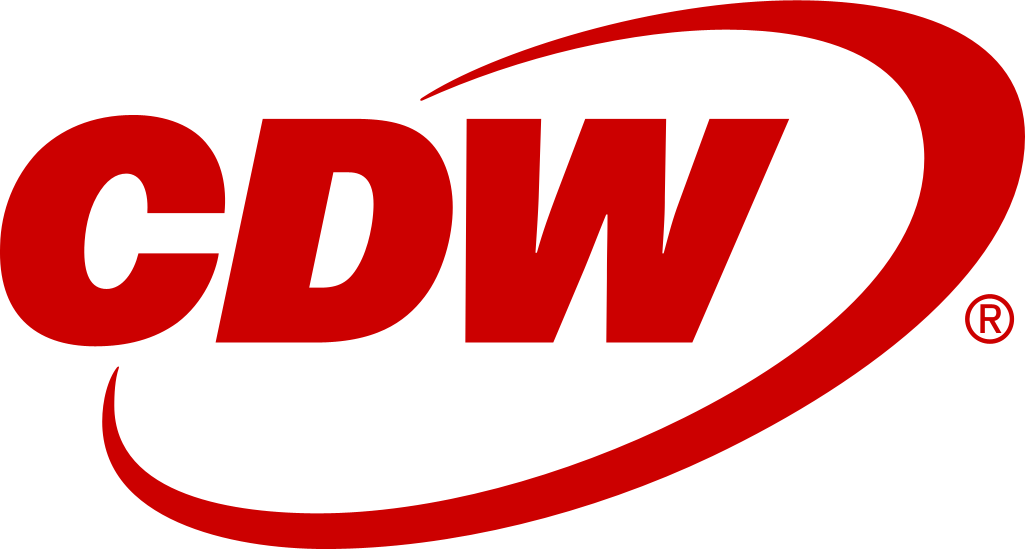With the release of IBM Rational Requirements Composer, IBM addresses a key concern of many organizations - getting their requirements right. IBM Rational Requirements Composer is a requirements definition solution that enables organizations to enhance their requirements definition process with easy-to-use elicitation and definition capabilities. Providing various visual and collaborative tools, Requirements Composer enables the capture and refinement of business needs into unambiguous requirements that drive improved quality, speed, and alignment across the IT life cycle.
This collaborative toolset provides the ability to visually capture requirements information as business process diagrams, storyboards, user-interface sketches, and rich text to better articulate and communicate the context of your requirements. Requirements context is further enhanced through shared glossaries and comment threads that facilitate collaboration and communication so teams anywhere in the world can provide inputs, get clarity, and achieve consensus quickly around developing business-driven architectures, code, test plans, and ultimately solutions.
IBM Rational Requirements Composer features a host of capabilities made possible by leveraging the open and extensible architecture provided by the Jazz platform. This includes the ability to define project workspaces for teams, create shared glossaries for terminology and synonyms, and attach comments to artifacts at various levels of granularity. The ability to create conversation threads with a person or group and to see the history of responses enables transparency and open dialog so teams can remain focused on business needs, uncover conflicts, and continually validate information.
Requirements Composer has infused practices content to help teams adopt and mature their tool usage according to their policies. IBM Rational has also made this practice content configurable through the use of IBM Rational Method Composer. The practices are based on the IBM Rational Unified Process and the OpenUP framework, which is an open community initiative. By maintaining associations between artifacts, requirements, users, projects, and so on, and the use of tags and filters, users can search and find relevant information easily, as well as foster the reuse of artifacts. Users are also able to access updated information via project and user-specific views, including recent comments, recent requirements, and recent artifacts.

